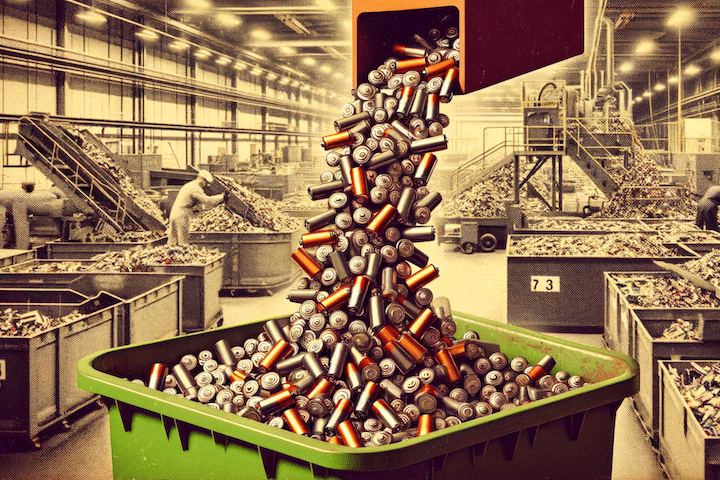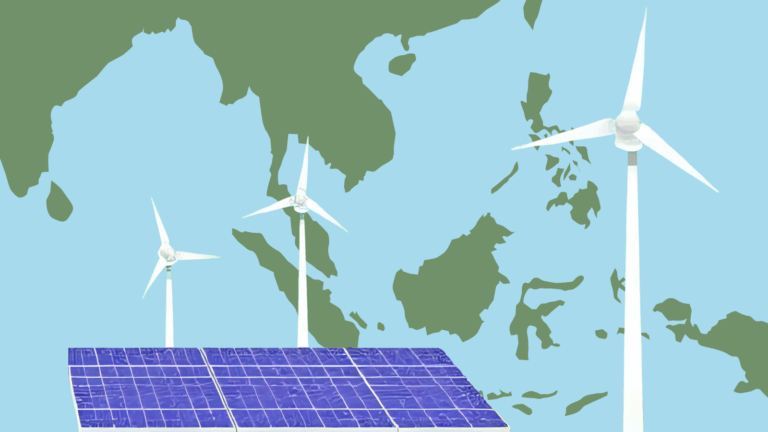This website uses cookies as well as similar tools and technologies to understand visitors’ experiences. By continuing to use this website, you consent to Columbia University’s usage of cookies and similar technologies, in accordance with the Columbia University Website Cookie Notice.
Batteries are finding their way into everything – from cars to heavy equipment to the electric grid.
But scaling up production to meet the demands of a net-zero economy is complicated and contentious. In this 5-episode season, we’re digging into the ways batteries are made and asking: what gets mined, traded, and consumed on the road to decarbonization?
Season 4 of The Big Switch drops Feb 28th. Listen on Apple podcasts, Spotify, or wherever you get your podcasts.
More Episodes
The Battery Recycling Dilemma
So far over this season we've traced the global lithium-ion battery supply chain from mining to processing to manufacturing. And we've put it all into a geopolitical and economic context.

The Great Battery Manufacturing Race
China has been the world's biggest battery manufacturer for over a decade. By 2022, according to the IEA, China manufactured 76% of the world's batteries. But that's changing.

The High Stakes for Battery Ingredients
Batteries can replace gasoline in our cars, or diesel in our generators with electricity. But batteries and petroleum-based fuels share something in common: they both rely on energy-intensive processes to turn extracted materials into something useful.

The Mining Conundrum For Critical Minerals
To produce enough batteries to reach global net-zero goals, the International Energy Agency says we'll need to increase production of critical minerals by six fold by 2040. It's a monumental task.

Relevant
Publications
How the US–Japan Critical Minerals Partnership Is a Long-Overdue Step Toward Real Supply-Chain Security
The new critical minerals agreement between Japan and the US is more than yet another bilateral trade announcement.

Q&A: How the US Is Using Equity Stakes to Support Domestic Critical Minerals Development
The Trump administration is increasingly using equity investments as a tool of industrial policy to support domestic critical minerals supply chains.

Assessing the Energy Impacts of the One Big Beautiful Bill Act
This special CGEP blog series, featuring six contributions from CGEP scholars, analyzes the potential impacts of the OBBBA across a range of sectors.

MP Materials Deal Marks a Significant Shift in US Rare Earths Policy
The US Department of Defense has announced a multibillion-dollar public-private partnership with MP Materials.



